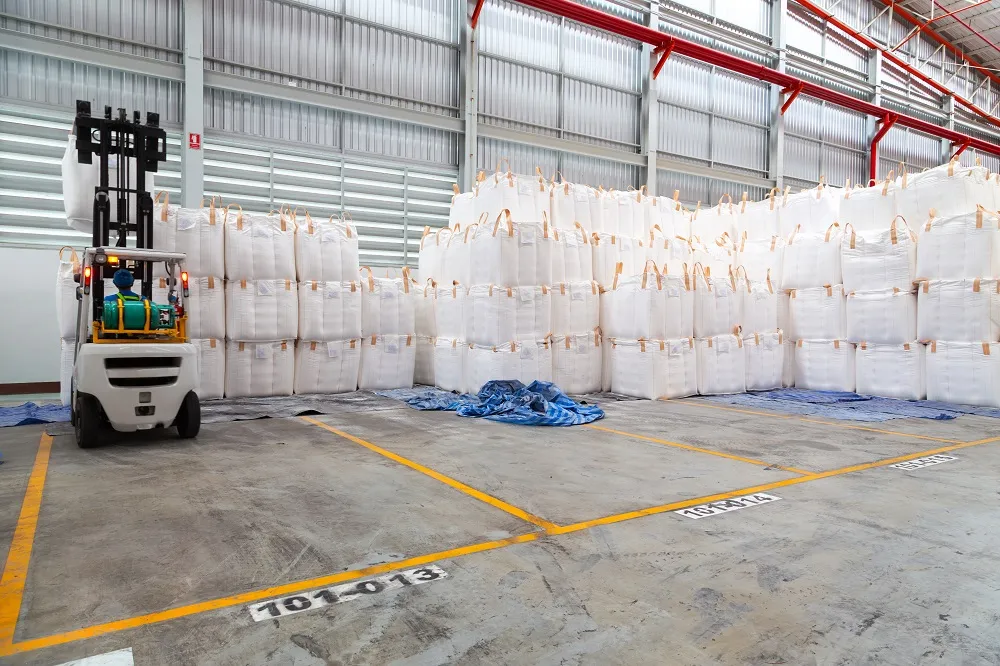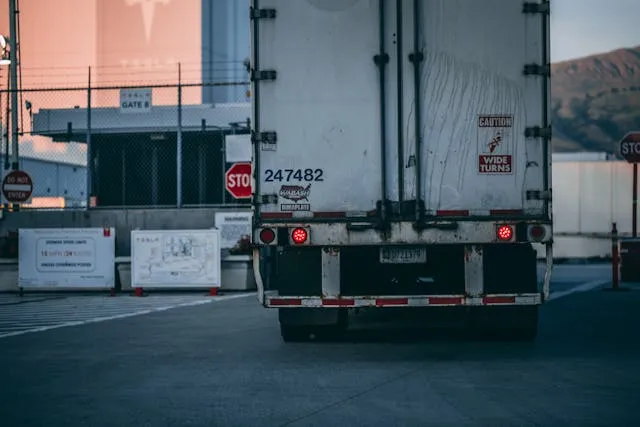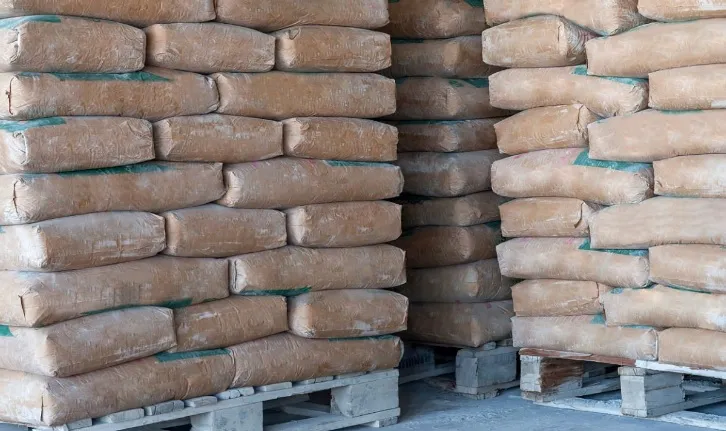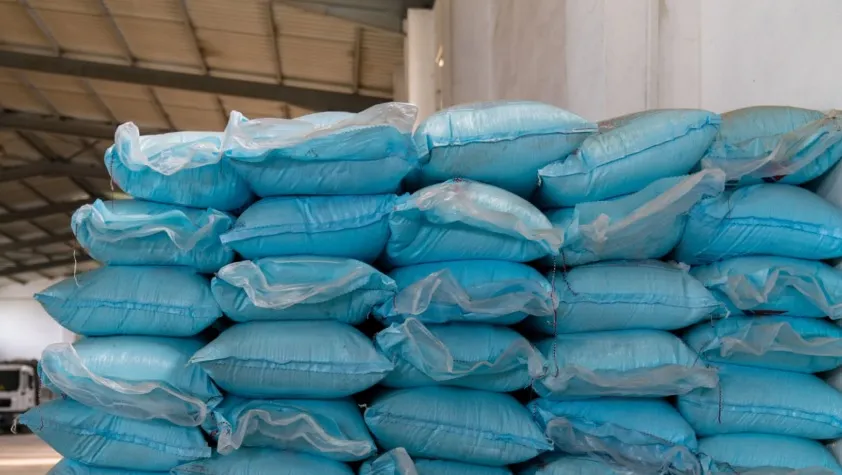Ventilated bags are a specific type of packaging used in various industrial sectors, particularly in the construction and food industries. They are characterized by a structure that allows air circulation, which is crucial for storing and transporting bulk and semi-liquid materials. By using materials with appropriate breathability, these bags allow for moisture excess to be released and prevent the growth of mold and other microorganisms. Their innovative design makes them not only functional but also economical, contributing to their increasingly widespread use in industry.
Ventilated Bags and Their Use in the Construction and Food Industries
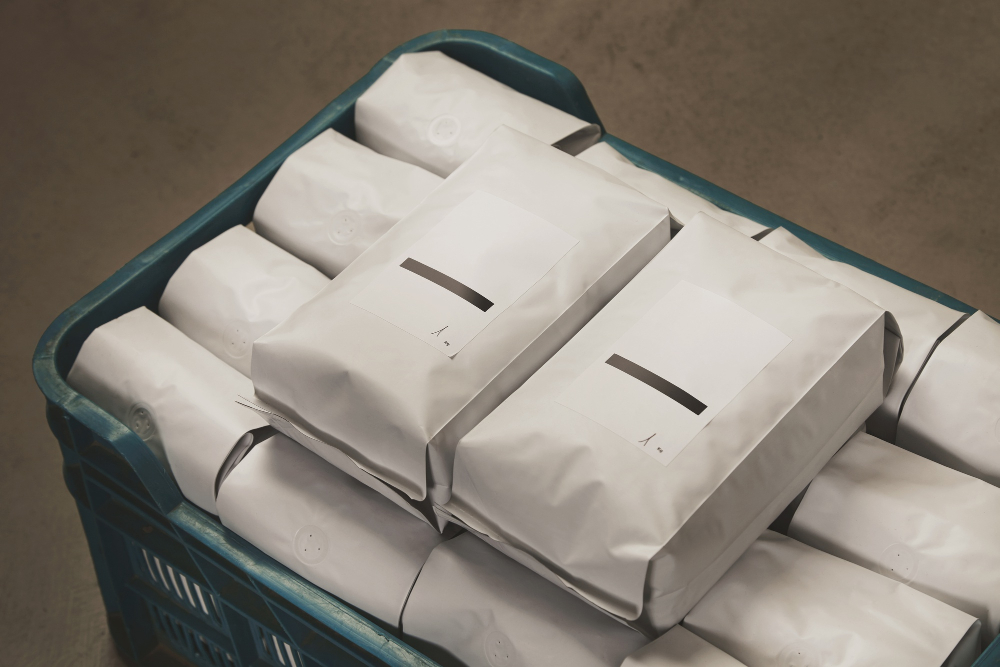
What Materials Are Used to Produce Ventilated Bags?
The production of ventilated bags relies on a variety of materials that meet specific ergonomic and functional requirements. The most commonly used materials are polypropylene, polyethylene, and composite materials. Polypropylene, due to its strength and resistance to various chemicals, is very popular in the construction industry. Ventilated bags can also be reinforced with additional layers, which increases their durability and resistance to mechanical damage. In the food industry, certified materials are often used, which meet standards for contact with food, ensuring their safety.
What Are the Main Advantages of Ventilated Bags?
One of the biggest advantages of ventilated bags is their ability to protect contents from adverse atmospheric and biological conditions. Thanks to internal ventilation, it is possible to minimize the risk of water condensation, which extends the shelf life of bulk materials. These bags are also incredibly lightweight, which makes transportation and storage easier. Their design allows for easy identification of contents, which increases logistical efficiency. Finally, ventilated bags are easy to handle, and their lifecycle and recyclability make them an environmentally friendly solution.
How Are Ventilated Bags Used in the Construction Industry?
In the construction industry, ventilated bags are widely used for transporting and storing various materials. They are used for packaging cement, mortar for masonry, sand, and other bulk building materials. Thanks to their ventilating properties, these bags allow for long-term storage of materials under optimal conditions, which is crucial for their quality. In the case of cement, improper conditions can lead to the formation of clumps, which significantly reduces its physical properties. Moreover, ventilated bags are very easy to transport, which speeds up the construction process and reduces logistics costs.
What Are the Uses of Ventilated Bags in the Food Industry?
In the food industry, ventilated bags are primarily used for packaging bulk products such as flour, sugar, grains, and animal feed. In this context, it is essential that the materials used for the production of the bags are fully safe for human health and protect the products from contamination. In agricultural processing, ventilation in the bags allows excess moisture to be released, which significantly affects the quality of stored raw materials. Additionally, these bags are often differentiated in terms of size and load-bearing capacity, making them adaptable to the specific needs of various market segments.
How Do Ventilated Bags Affect the Quality of Stored Materials?
One of the key aspects influencing the quality of stored materials is moisture control. Ventilated bags allow for continuous air circulation, which significantly reduces the risk of condensation and helps maintain ideal conditions for various types of raw materials. In the case of building materials, such as cement or gypsum, excess moisture can lead to severe damage and cracks. In the food industry, moisture control is crucial to prevent the growth of mold and bacteria, ensuring that products remain fresh for a longer period. Storing materials in ventilated bags also helps preserve their physical and chemical properties.
What Are the Differences Between Ventilated Bags and Traditional Bags?
One of the main differences between ventilated bags and traditional bags is how they manage airflow. Traditional bags, usually made from low-breathability materials, can lead to moisture buildup inside the packaging, which negatively impacts the contents. Ventilated bags, on the other hand, are designed to allow free airflow, which contributes to a longer shelf life of the stored materials. Additionally, ventilated bags often have higher resistance to mechanical damage, making them more durable and functional in harsh industrial conditions.
What Trends Are Observed in the Use of Ventilated Bags?
In recent years, there has been a significant increase in interest in eco-friendly solutions, which also applies to the production of ventilated bags. More and more companies are implementing innovative technologies that allow for the production of bags made from biodegradable or recycled materials. This trend not only meets the growing ecological demands but also contributes to raising quality and safety standards in the industry. The food and construction industries are becoming increasingly aware of the importance of ecological responsibility, which will certainly influence the further development of technologies related to ventilated bags.
What is the Future of Ventilated Bags in Industry?
The future of ventilated bags seems promising, especially in the context of the growing demand for effective and eco-friendly packaging solutions. Trends indicate that the development of production technologies will focus on further improving the adaptation of materials to the specific needs of various industries. It is also possible that modern solutions, such as systems for monitoring the quality of stored materials, will be introduced, which will be possible thanks to advanced IT technologies and sensors. As industries strive for greater efficiency and sustainable development, ventilated bags will play a key role in ensuring optimal conditions for the transport and storage of various materials.
